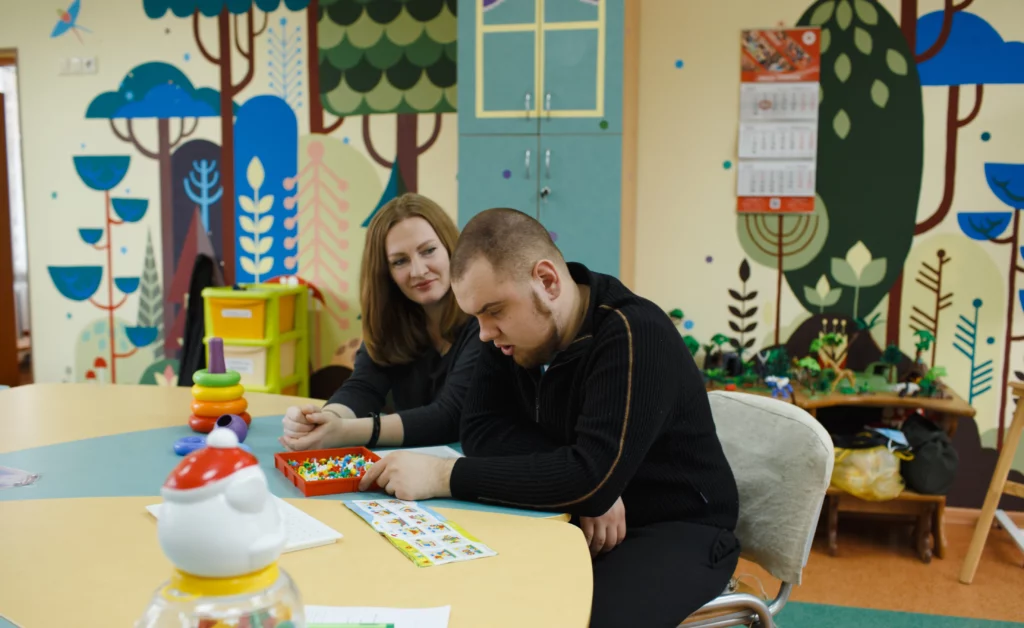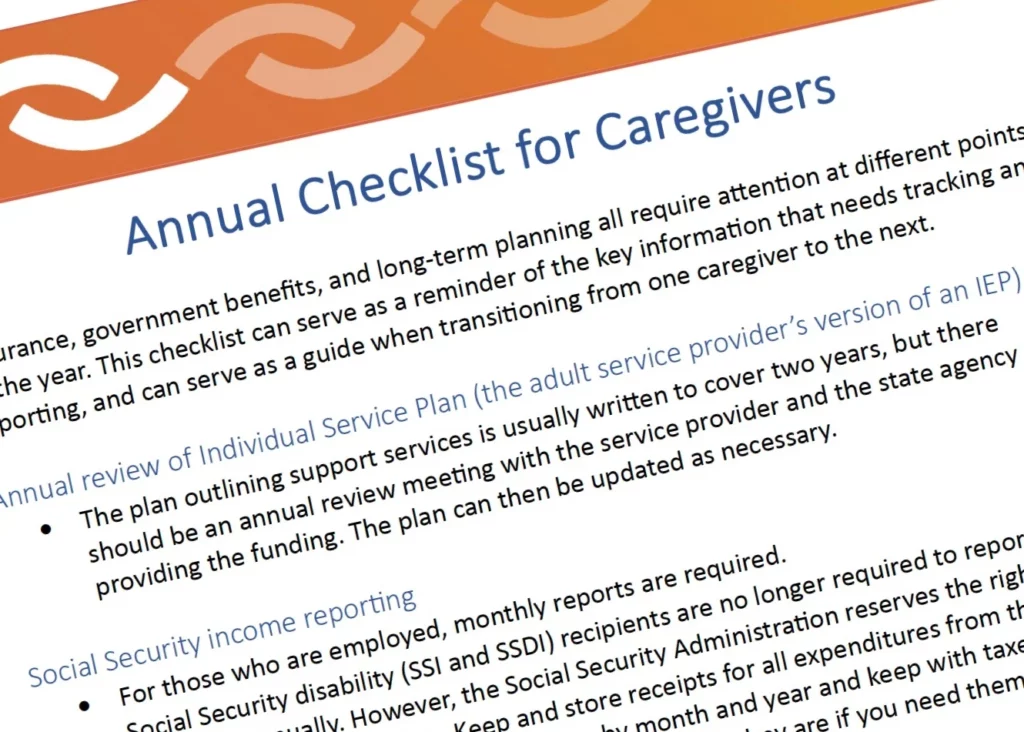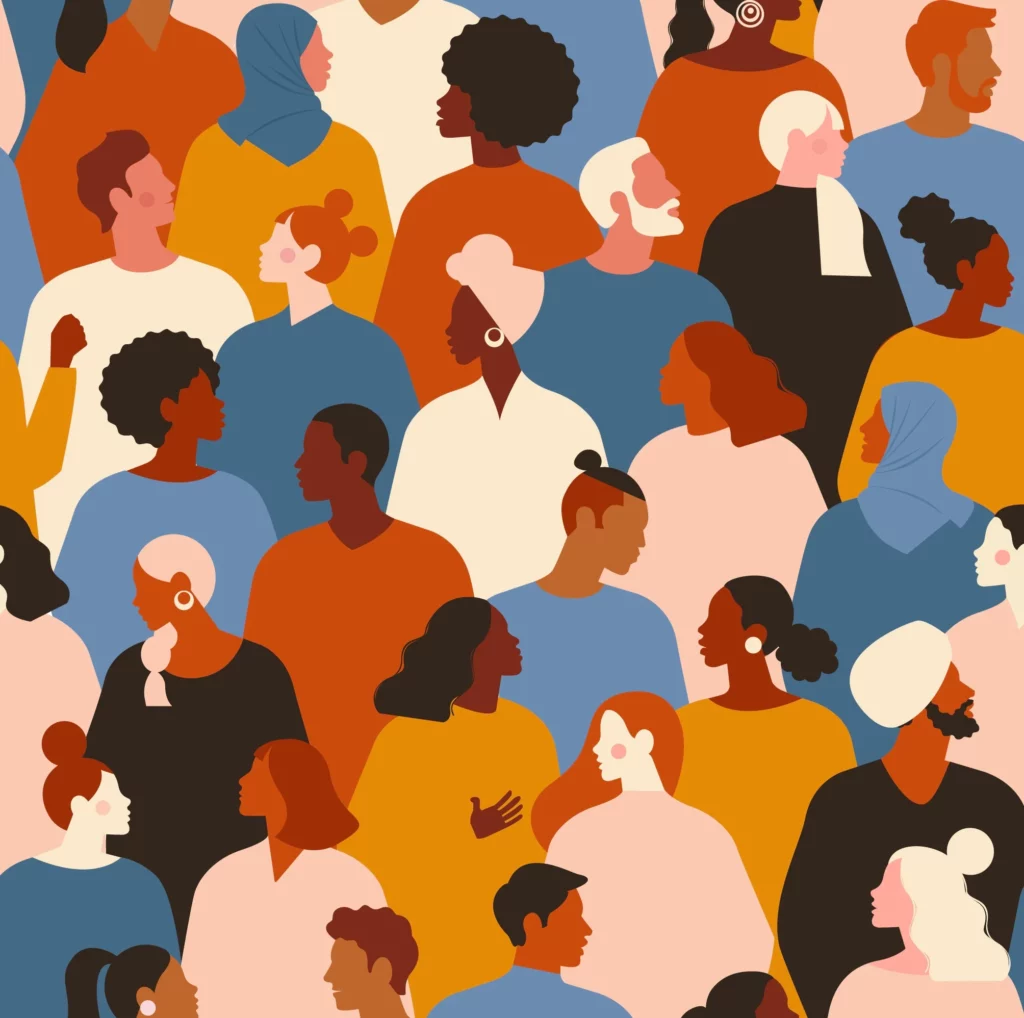Working Toward Smooth Transitions
In the autism community, people often refer to turning age 22 as “the cliff.” It’s a time when many of the services and supports that autistic people get as children end, and there’s very little to replace them. Many organizations and advocates are working to build those services and help people access the supports that do exist. AAHR is committed to doing its part improve the access to quality medical care, and to make that care better, too.

Tackling Insurance
Children with autism receive many benefits by law. However, most of these end when the child becomes an adult. Two key milestones are at ages 22 and 26.
Navigating insurance
The rules around insurance and insurance coverage change all the time. We provide links to the resources that can help.
Turning 26
Legally, adult children may not be on a parent’s health insurance policy after they turn 26. Disabled autistic adults can qualify to stay on a parent’s policy – here’s what you need to know.

Manageable moments
Top of mind for young adults




Video: Dr. James Bath on transitioning to adult care
Dr. Bath is a Primary Care Provider for autistic adults at the MGH Lurie Center for Autism
Q&A
Autism: Myths vs. Facts
Autism has its mysteries and there are many things we don’t know. Some mysteries have been solved and the statistics change frequently, but there’s still a lot of misinformation out there.
Here’s what we know now.
Myth: Autism can be cured or outgrown
Facts: Autism is a lifelong condition that is often, but not always, diagnosed in childhood. The challenges of ASD can be met and managed, but the condition itself cannot be eliminated.
Myth: Autism can be caused by vaccines
Facts: Extensive scientific research over many years shows no link between childhood vaccines and autism. Because the symptoms of ASD often become obvious during the same period young children get vaccinated, the theory that vaccines cause ASD persisted among some people including parents whose children had digestive issues.
Myth: Autism is purely a genetic condition
Facts: Currently, researchers can identify genetic causes in only 10-20% of people with autism. For the remaining 80% of people, there appears to be environmental causes, but it’s not yet clear what those are or if they can be prevented.In fact, at the current time, for 75-80% of individuals with ASD, a genetic abnormality linked to causing ASD is not identified. Research continues to explore the possible environmental factors including advanced parental age, premature birth, early-life immune insults, and possibly exposure to air pollution, maternal autoimmune disease, and high maternal stress during the pregnancy. No definitive links to any of these factors has been proven.
Myth: People with non-verbal autism are always intellectually impaired
Facts: Verbal communication does not always correlate with intelligence. People can understand everything they hear and are still not able to speak; some people with ASD have communication devices and other ways of making their thoughts and needs known. It’s not correct to assume that a person with non-verbal ASD doesn’t understand what you are saying or what is happening around them.
Myth: Autism is a psychiatric disorder that makes people prone to violence
Facts: People with autism are no more likely to harm others than people in the general population. In fact, they are more likely to be victims of aggressive behavior. Aggression and self-injurious behaviors are not part of the diagnostic criteria for ASD and are indicators that something non-ASD-related is wrong. Behavior is communication – if a person with ASD is behaving in an erratic or emotional way, it is usually a sign of physical distress or anxiety, both of which can be addressed.
Myth: Autism occurs most often in males
Facts: Historically, autistic behaviors were studied and more readily recognized in men, but that is changing. Current research shows that girls and women with autism have behaviors or traits that may be different from how autism is seen in boys and men. Women are also typically diagnosed later in life. While the current male-female ratio is 4:1, these numbers are shifting as more women are being diagnosed.
Myth: People with autism do not want intimate or romantic relationships.
Facts: Although adults with autism spectrum disorder may have difficulty with social communication, many desire and pursue intimate relationships. People with autism experience the same biological functions and range of emotions, including love and attraction, as their neurotypical peers. This means that many people with autism value close and intimate connections with others. Some people with autism are interested in dating, living with a partner, getting married, and having a family. Others may choose to be alone or show little interest in romantic relationships. With proper support, adults with autism can find and nurture healthy, fulfilling relationships.
It’s important to note that because some people with autism struggle to understand indirect or nuanced social communication, they may be vulnerable to physical, emotional, or sexual exploitation and abuse. It’s also vital for all people with autism to receive appropriate sexual and reproductive health care, including access to contraception and sex education programs.

